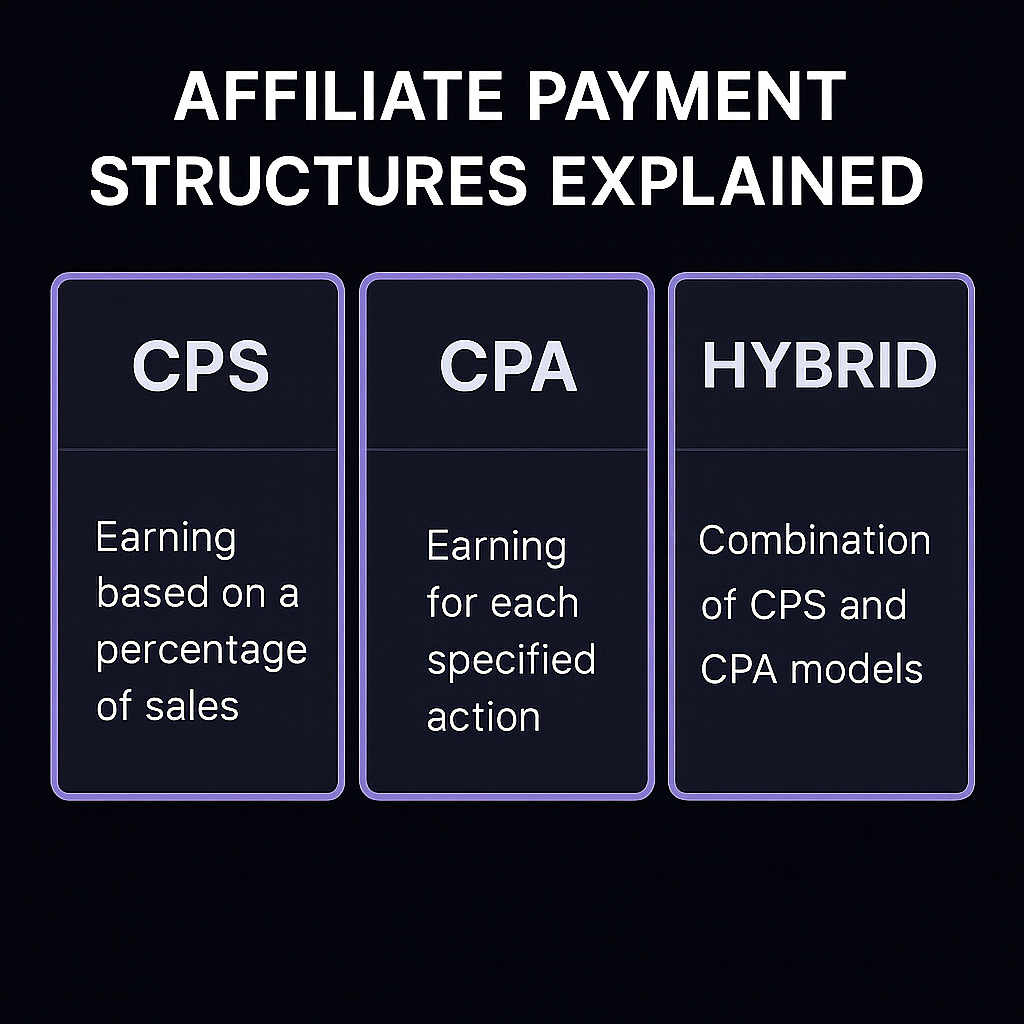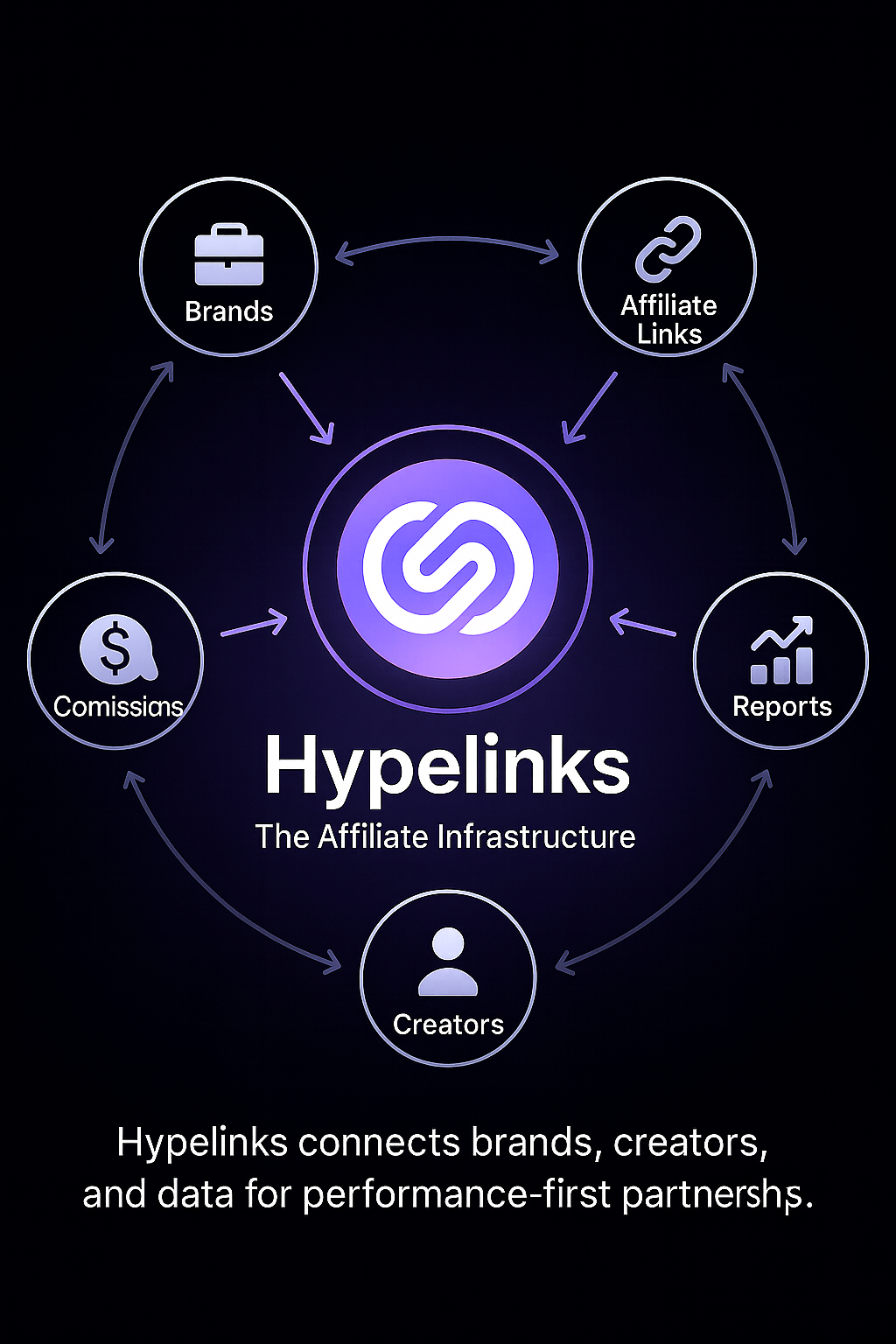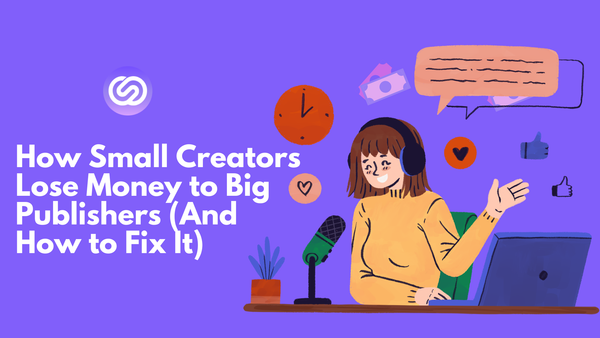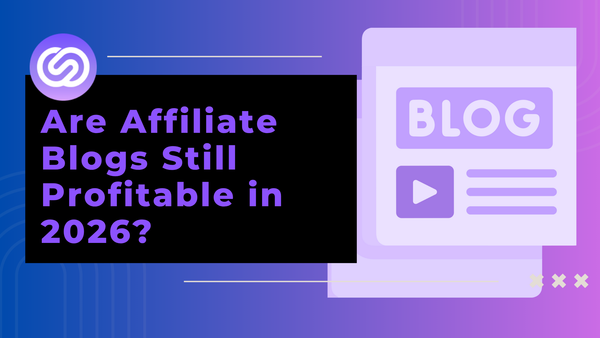CPS vs. CPA vs. Hybrid — What’s the Best Model for Modern Affiliates?

Affiliate Models Are Evolving Fast. From flat commissions to performance-based pay, affiliate marketing has changed a lot.Brands are no longer impressed by reach or random clicks. They want proof of conversions.Data is slowly replacing vanity metrics, and the creator economy is finally growing up.
Over the past few years, the way creators and affiliates work has shifted quietly but significantly.It might still look the same on the surface, but the ground has already moved.Some creators still get by with the old “vanity” model — where visibility mattered more than results — but the long-game affiliates know that won’t last.If you want to stay relevant, you need to know where affiliate models are headed and which one actually works for you.
The Slow Then Fast Shift
That’s exactly what’s happening. Slow, then fast.The creator economy has always been inching from visibility to influence, and now the shift is hard to ignore.Brands no longer want uncapped visibility or random buzz. They want results — real numbers, real sales, real conversions.
More and more brands today prefer working with micro and mid-tier creators who can actually convert instead of just attract.(Insert stat here — something like: “70% of brands now prefer micro-influencers for their higher engagement and trust factor.”)
There’s no such thing as a good or bad affiliate model but some models are better suited for some affiliates than the others. This depends on their goals, investments and interests.
Let’s get into the types of affiliate models, what they mean, and who it is for.

CPS (Cost Per Sale): The Proof of Real Influence
CPS, or cost per sale is where talk meets reality. As the name explains it, you don’t earn for clicks, sign-ups, or nice comments… you earn when your content actually drives a sale. You really do not earn ‘from content’, you just use content like direct and powerful sales content.
It’s the most direct reflection of your ability to influence, not just attract.Anyone can get views. But can those views make someone hit “buy”? That’s where real influence shows up.
For brands, CPS data is like a creator’s report card. It shows exactly who can move the needle and who’s just making noise.Once seen as a slow and uncertain model, CPS has now become the credibility metric. It tells brands one simple thing — your content doesn’t just look good, it performs.
Creators who understand CPS are already building long-term trust with brands. They don’t need to convince anyone with fancy decks or inflated metrics; their data speaks for itself.And in a world where every partnership is tracked and every conversion counts, CPS creators are the ones who’ll stay in demand.
CPA (Cost Per Action): Fast, but Surface-Level
CPA, or cost per action can be called the quick win model. You get paid when someone takes a specific action, maybe they sign up, install an app, or fill out a form. It’s fast, simple, and can deliver results almost instantly.
That’s why brands love it for short-term pushes or awareness campaigns. It’s perfect when the goal is to get people to do something now, not necessarily to buy, but to take that first step.Companies who are building communities and a follower base tend to be more interested in CPA affiliate models.
The catch? CPA doesn’t always measure intent. A sign-up or download doesn’t guarantee someone will ever make a purchase. It’s a quick spark, not a slow burn.
It works best for digital products, apps, or trial-based offers where the conversion journey is shorter. But for creators who are trying to build deeper trust with their audience or promote products that need more consideration, CPA can feel a bit too surface-level.
It’s a good model when you want fast movement, just not the one to build your long-term credibility on.
Hybrid Models: The Balanced Middle Ground
Hybrid models are the best of both worlds, part CPS, part CPA. You get a steady base payout for actions like sign-ups or installs, and a performance bonus when those actions turn into real sales.
Example: $5 per signup + 10% commission per sale. Simple math, fair system.
This setup gives creators more consistent income while still rewarding actual performance. You don’t have to wait endlessly for sales to come in, but you also don’t cap your earning potential.
For brands, it’s a smart way to measure both reach and ROI. They get to track awareness and conversions without committing to a one-size-fits-all model.
That’s why hybrid structures are becoming increasingly popular. They make sense for both sides. Creators get predictable earnings, and brands get measurable results.
It’s not the flashiest model, but it’s one of the most practical ones if you’re serious about building sustainable partnerships.
The Industry Shift: From “Reach” to “Results”
The affiliate world has changed quietly but completely. Brands no longer chase massive influencers just for awareness. They want creators who can actually sell, not just post.
Conversion data now drives campaign renewals. The days of vague “brand awareness” reports are fading out. Today, performance talks.
Follower counts and viral reach still look good on paper, but they don’t hold the same weight they once did. A creator with 10,000 loyal followers who buy is far more valuable than one with a million passive ones who scroll past.
Real performance is now worth more than perceived influence.And that shift is separating serious creators from those who just look successful online.

Why CPS Creators Will Win the Long Game
CPS creators are built for the future because they have something everyone else is still chasing — proof. Their influence isn’t based on assumptions or inflated metrics. It’s backed by actual sales data.
Every conversion they drive becomes measurable proof of impact. That consistency builds trust with brands, because numbers don’t need a pitch deck.
Commission-based systems also create natural accountability. When you earn only if your content performs, you automatically learn what works, what sells, and what doesn’t. That loop makes you sharper, more strategic, and far more valuable over time.
These creators are future-proof because data never lies.Every sale becomes a building block for stronger brand relationships and long-term deals that don’t fade once the campaign ends.

How Hypelinks Fits In
This is exactly where Hypelinks comes in.
The platform helps brands set clear, performance-based commission structures that actually make sense for both sides. No confusion, no grey areas — just transparent payouts based on results.
For creators, it means partnering with brands that value performance. The kind of brands that don’t just want reach, but are ready to reward real influence.

For brands, it means finding affiliates who can actually deliver. Hypelinks makes it easier to identify who’s driving conversions and reward them fairly.
By connecting both sides through a data-driven, performance-first ecosystem, Hypelinks is helping creators and brands move away from vanity numbers and towards sustainable partnerships.
It’s not just another affiliate platform. It’s a bridge between effort and proof — between creators who perform and brands that pay for performance.
Final Takeaway
The future of affiliate marketing is simple... performance wins.
CPS isn’t outdated; it’s the new credibility metric. CPA and hybrid models have their place, but nothing builds long-term trust like proven conversions.
The most valuable creators will be the ones who can prove their influence, not just promise it. Those are the creators who’ll keep landing deals even as the market shifts.
Brands are no longer paying for noise. They’re paying for proof.And that’s exactly where Hypelinks fits in — helping brands control commissions, and helping affiliates earn what they truly deserve, based on results.
Because in this new era of affiliate marketing, data doesn’t lie....it pays.



